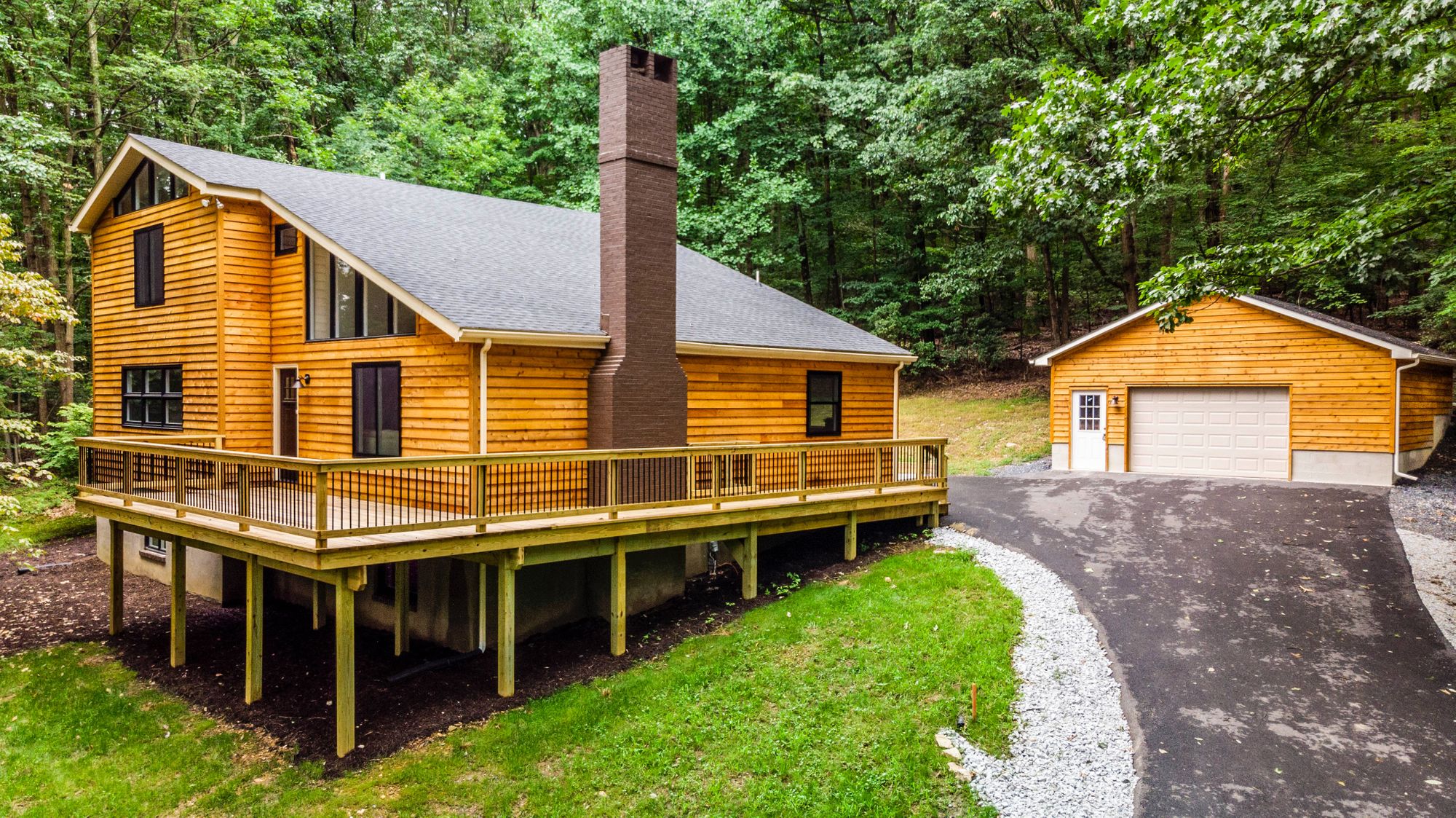Owning a rental property is a great way to supplement your full-time income or even replace it altogether.
Whatever the case, as with any investment, there often comes a time when it makes financial sense to sell off your rental home.
In that case, it’s crucial that you first understand what you’ll owe in taxes before selling your rental property.
How Much Do You Need to Pay in Taxes When Selling a Rental Property?
Assuming you’ve made a profit from your rental property, capital gains tax will represent a major tax consideration if you decide to sell. If the property has actually been a net loss, then you have no capital gains on which to pay taxes and can ignore this requirement. You will still need to report that loss to the IRS, though.
However, keep in mind that you won’t necessarily suffer a loss just because you sell your home for less than you paid for it. That’s because the property’s depreciation may have lowered your tax burden considerably over the years.
This is one of the reasons that depreciation is vital to understanding how much you’ll pay in taxes after selling your rental property.
In short, depreciation refers to how much your home has dropped in value since you purchased it. In terms of its potential to offset your rental-property tax burden, the IRS defines depreciation as:
“Allowances for exhaustion, wear and tear (including obsolescence) of property. You begin to depreciate your rental property when you place it in service. You can recover some or all of your original acquisition cost and the cost of improvements by using Form 4562, Depreciation and Amortization (PDF) (to report depreciation) beginning in the year your rental property is first placed in service, and beginning in any year you make improvements or add furnishings.”
Although it often has a negative connotation, depreciation is a fantastic tool for legally avoiding taxes. It can even save what would otherwise be a loss when you sell your house.
How Do You Figure Out Your Rental Property's Depreciation?
For most residential properties, the IRS will use the Modified Accelerated Cost Recovery System (MACRS) — which means the recovery period for which you can write-off depreciation is 27.5 years. In other words, to find out how much you can deduct each year, take the value of your rental property and divide it by 27.5.
For example, if you paid $200,000 for your property, the IRS would recognize that it depreciates by $7,272.72 every year. In that case, after, say, 10 years, you’d realize a $72,727.20 reduction in your tax burden thanks to depreciation.
With all that being said, you’ll need to go back and add up all the depreciation you’ve deducted over the years when you decide to sell your rental property. You will then report this amount in the IRS’ Schedule D (Form 1040).
In effect, you’ll be paying taxes on the amount of depreciation you deducted since purchasing the home. The good news is that the total of your taxable gain that can be attributed to depreciation is only taxed at 25%.
Again, any other gains are simply taxed at the capital gains rate for your bracket.
So, in order to figure out the depreciation amount, you’ll need to pay taxes on when you sell your house, follow these three steps.
1. Start with the Price You Paid for It
This is the easiest step.
You should have kept a record of how much it cost you to acquire the rental property. When it comes to taxes, this amount is often referred to as the “basis of your property.”
If you don’t have a record handy, the lender who issued you the mortgage should be able to help out.
Just be sure you factor in everything you paid to buy the house. Among other things, this would include:
- Closing Costs
- Appraisal and Legal Fees
- Home Inspection Costs
While this step should be fairly easy, it’s worth going back to make sure you don’t leave anything out.
2. Determine Basic Depreciation
This step is also pretty straightforward.
Basic depreciation is just the difference between how much you paid for the rental property and what you were able to sell it for.
3. Adjust Depreciation for Improvements
This is when you have to factor in any investments you made that improved the home’s value. The value of those improvements needs to be adjusted for depreciation, too. They would include things like renovations, repairs, and even the cost of extending utilities to the property. The same goes for any legal fees you may have incurred that relate to the home (e.g. the cost of perfecting title).
You even need to factor in how your property’s value benefited from work the city has done. Since you bought it, did they add sidewalks or install curbing in front of the house? In that case, you’ll need to use the city’s assessed value of your property for tax purposes.
Fortunately, the IRS applies the same rules to all of these improvements. Just take the value of an improvement (e.g. $9,000 to redo the roof) and divide it by 27.5 years to find out how much you have to report as depreciation since the work was complete.
Get a Professional to Help You with Your Taxes Before Selling a Rental Property
The information above should help to give you a good idea of what you’ll owe in taxes when you sell your rental property.
Nonetheless, it’s still best to speak with a qualified tax attorney before proceeding with the sale. They might find opportunities to reduce your burden further.
They may also discover that it’s actually in your best interest to accept another year or two of depreciation-related deductions.
Ready to Sell Your Rental Property?
When you are ready to list your rental property, do it with SimpleShowing for only a 1% listing fee.
Contact us today and we’ll walk you through how to use our simple platform so you can list your rental property for sale ASAP.
Conclusion
Selling a rental property often leads to the realization of capital gains tax. This tax bill can be a significant concern for rental property owners who are considering selling in the current real estate market. The investment property's purchase price and the price at which it's sold play a vital role in determining the capital gains taxes that will be due. Additionally, a tenant-occupied property could add complexities to the tax scenario. However, astute real estate investors are aware that several strategies can be used to defer capital gains taxes and help retain more of their rental income.
Primary residence exclusion is one such option for rental property owners looking to dodge hefty capital gains taxes. This method involves converting investment properties into a primary residence before selling, thus taking advantage of the IRS’s tax-free allowance on the sale of a primary home. On the other hand, most real estate investors opt for a 1031 exchange, which allows the deferral of capital gains tax if the proceeds from the sale are used to purchase a similar kind of investment property.
The strategies outlined above can help to significantly lower the amount of capital gains tax owed when you sell a rental property. It's important to remember that the tax implications of selling rental properties vary depending on the individual's situation. Therefore, it's crucial to seek professional advice to understand all the tax implications involved. Ensuring you're informed about property taxes and other costs associated with rental income can make a significant difference in your success as a real estate investor. Ultimately, understanding the tax landscape can help property owners navigate the complexities of the real estate market and make the process of selling your rental property a more profitable endeavor.






